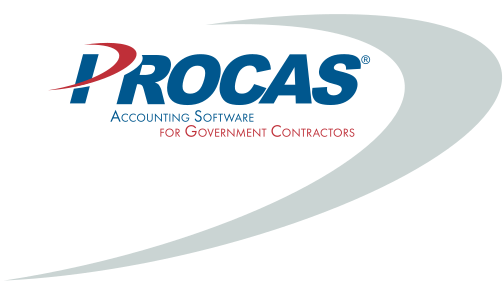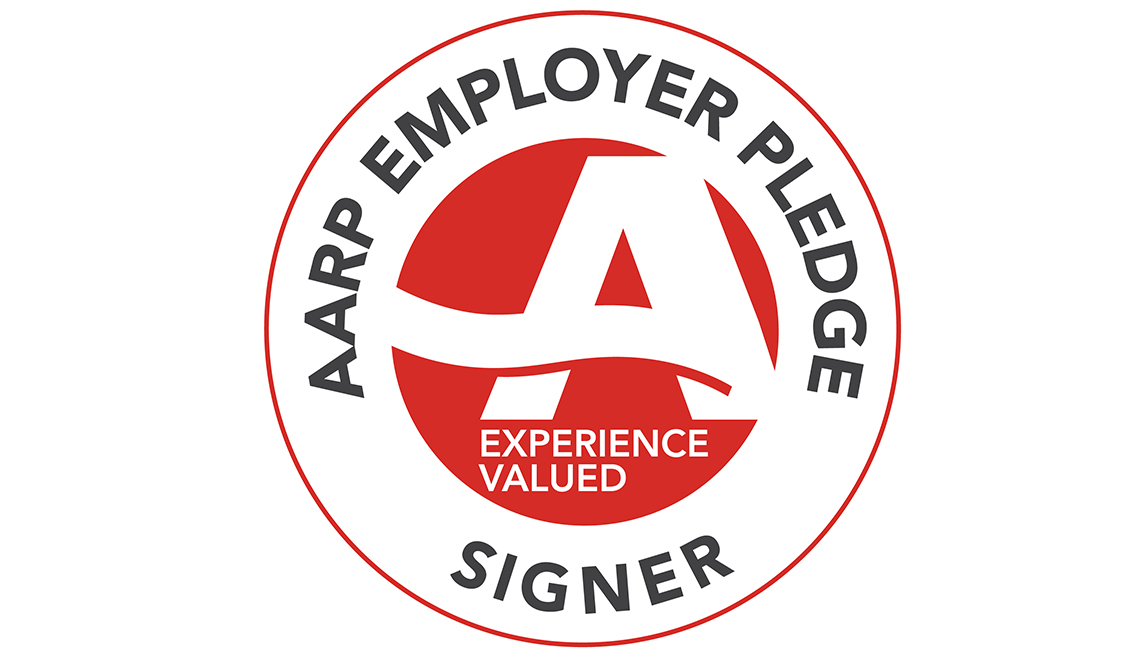We make sure your government contract bid is DCAA compliant.

We can help by reviewing all pricing and accounting aspects of your proposal, to help you win the bid. Navigating the waters on your voyage to winning federal contract awards can be very tricky, and there are unseen dangers you must brave to avoid shipwrecking your proposal with a wrong turn along the way. As captain of the ship, it’s your responsibility to learn how to win government contracts. To do that you need to make sure that your pricing proposals meet all regulations and standards to be accepted, and this can mean understanding these rules from multiple agencies. That can be very difficult when you’re trying to run your business at the same time…which is where we come in.
Our professional services:
Commercial Item Determination
The Federal Acquisition Regulations require subcontractors to use off-the-shelf products, or Commercial Items, in fulfilling the needs of a government contract, whenever feasible. However, determining what constitutes a Commercial Item is subject to interpretation and can lead to poor consequences if not carefully undertaken. The decision as to whether the government’s requirements for a specific acquisition can be met by a Commercial Item is based on market research and an analysis of the marketplace by a knowledgeable acquisition professional. We can aid small businesses and subcontractors in determining if a potential acquisition meets the definition of a Commercial Item.
Cost and Price Analysis
All contracts require significant cost and/or price analysis to be performed as part of the proposal preparation. You must support your proposal with a piece-by-piece cost analysis to establish the reasonableness of your pricing, and if that is insufficient, with an analysis of the reasonableness of the pricing cited in the proposal.
Pricing Model Development
You spend hours pulling together your pricing proposal. Have you accurately represented your direct costs, indirect costs, and indirect rates – all are important to developing the right pricing model for your proposal.
Indirect Rate Development and Cost Allocation
Government contractors are required to segregate direct and indirect costs while fulfilling their contracts. Further, you must allocate the indirect costs into various “pools” or categories, including fringe benefits, overhead, and general & administrative costs. Sorting indirect costs into their various “pools” requires a lot of forethought, and selecting the proper base for allocation of costs in some cases.
Provisional or Forward Pricing Rate Submission
Provisional Billing Rates are used to estimate indirect costs related to a contract, submitted to the contracting agency at the beginning of each fiscal year. These rates can be changed as conditions warrant, and they are made final at the end of the fiscal year, using actual indirect costs. Forward Pricing Rates are agreements to “standardize” a contractor’s indirect cost rates for a period of time going forward. This convention allows a contractor to receive quicker responses to bid proposals, when they include appropriate, previously agreed Forward Pricing Rates.
Disclosure Statement Preparation
Contracts proposals must include a Disclosure Statement covering the bidding firm’s accounting policies and procedures – which must, in turn, comply with the Cost Accounting Standards (CAS). This is a formal, required submission using a format that has eight sections. Once submitted, it is reviewed for accuracy and completeness, and then your accounting policies are audited – to verify that the reality matches your Disclosure Statement – all before a contract is awarded. So the CAS Disclosure Statement is not to be taken lightly. This process is designed to assure more consistency in bidding and negotiations between potential contractors and the contracting agency – essentially, leveling the playing field for all contractors because they are required to follow the same accounting policies.
Why not let us guide you through this complex process? Give us a call for a free consultation on how we might be of help.
Learn how our firm has been helping firms like you for 30+ years.





















